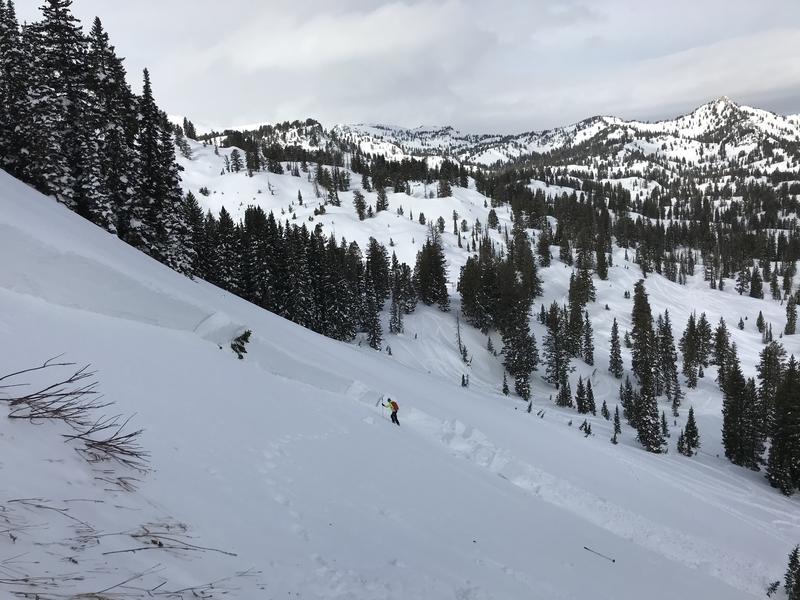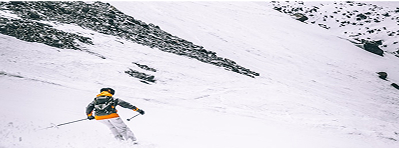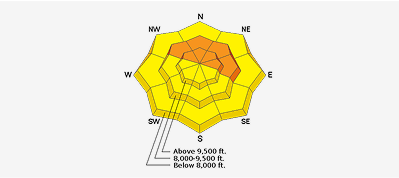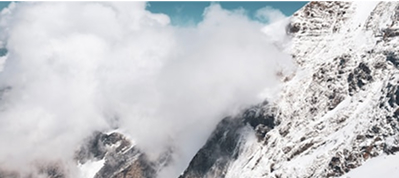Forecast for the Logan Area Mountains

Issued by Toby Weed on
Monday morning, April 27, 2020
Monday morning, April 27, 2020
We are done issuing danger ratings and regular avalanche forecasts for the season, but coverage is good, and we will continue to post observations and provide conditions updates through April.
Thank you for your support!
- Evaluate snow and terrain carefully, and continue to practice safe travel protocols to minimize your risk during the current health crisis.
- Avoid and stay out from under ridge top cornices and steep slopes with saturated snow during the heat of the day.
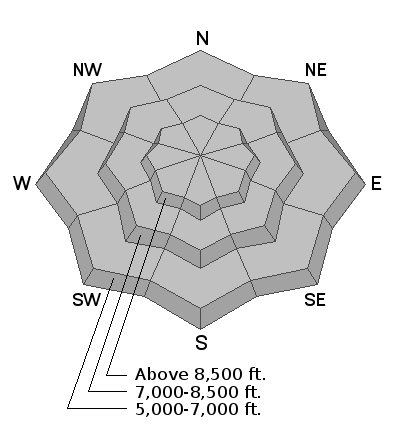
Low
Moderate
Considerable
High
Extreme
Learn how to read the forecast here


